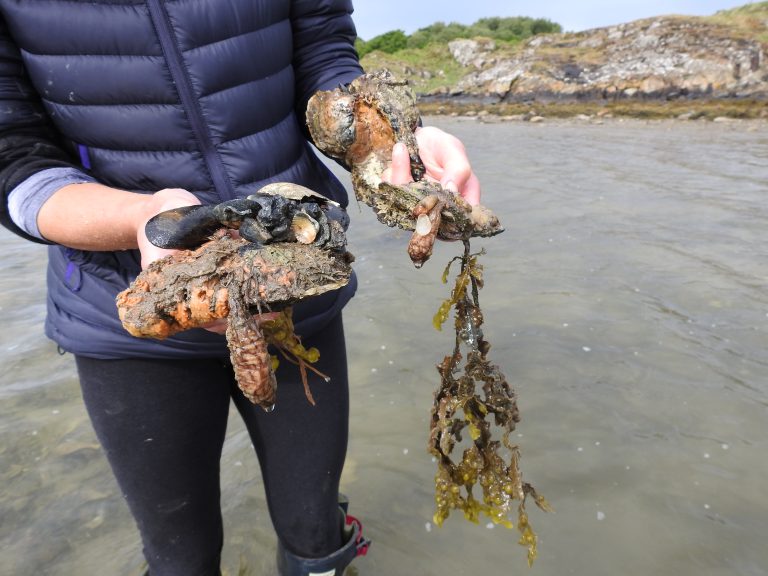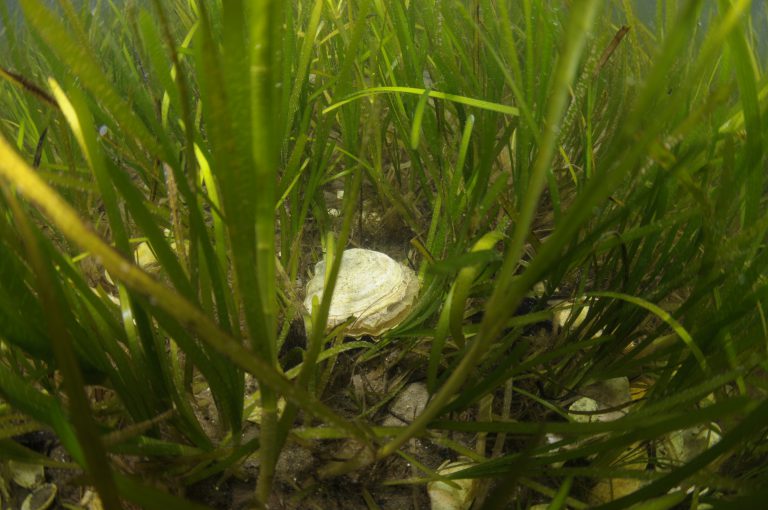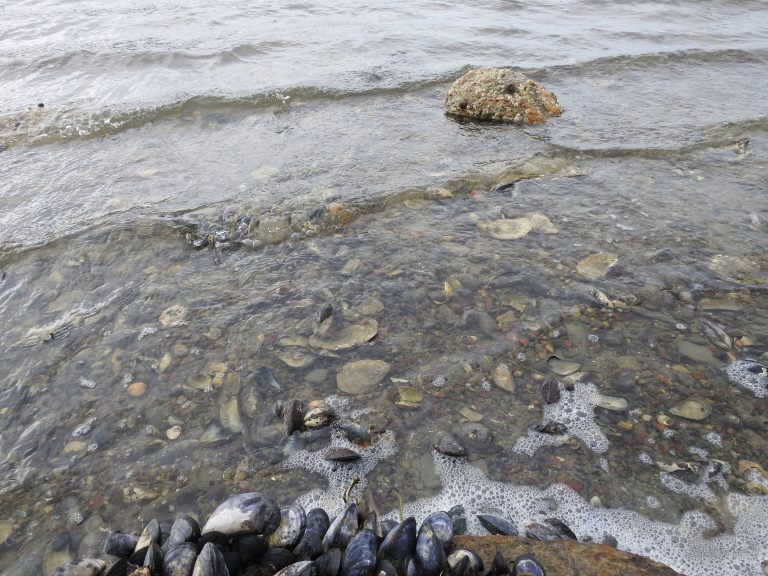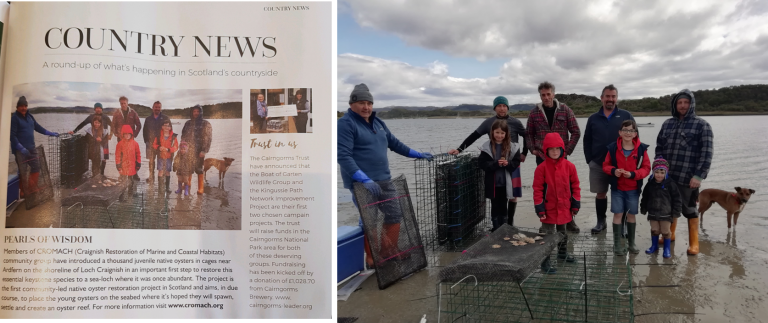
Image: CROMACH
Restoring the native oyster
Scotland’s native oysters have an oval or pear shaped shell with a rough surface. They are found in shallow, estuarine and coastal waters.
They also form dense beds which increases the biodiversity of the seabed by stabilising sediments, providing substrate for settlement and creating a 3D structure. This creates a nursery for juvenile fish and a variety of other species.
History
From historical accounts, it is known that the native oyster range used to be extensive in Scotland. Overfishing in the late 1800s to 1900s, combined with pollution and disease has resulted in significant losses to the Scottish population.
Their remaining beds are confined to the west coast and islands, where they are a protected feature of the Loch Sween Marine Protected Area, within the Argyll Coast and Islands Hope Spot.
Threats
Native oysters filter food from the water, cleaning it very effectively, but this means they are sensitive to changes in changes in water quality, wave exposure, pathogens and non-indigenous species (e.g. the carpet sea squirt). Towed bottom-contact fishing activity would be destructive to the native oyster beds.
Native Oyster
Ostrea edulis

Image: SNH
Threatened and/or declining by the OSPAR convention & Scottish Government Priority Marine Species
Length: 11cm
Depth: intertidal – 20m
Size of beds: 15 km2

Image: CROMACH
Get Involved
An exciting plan by the CROMACH coastal community group to restore native oysters to Loch Craignish, in the Hope Spot area, is under way.
The first oysters were put into the sea in 2019. Children from the local primary school will be involved in monitoring their progress.

Image: CROMACH
Please report any sightings of the invasive carpet sea squirt to SNH.

